What’s the reality behind a pilot’s work schedule? Do airline pilots have a dream job with an envious work-life balance? Or are airline rosters a hard slog with endless jet lag?
Today, we’re going to demystify these schedules by breaking down three real rosters: two from UK-based shorthaul airline pilots, and one from a longhaul UK based airline pilot. We’ll take a behind-the-scenes look at what airline pilot schedules really look like, so you can make up your mind!
By the end of the article, we will answer all the most frequently requested questions about pilot schedules, including:
- Do pilots fly to multiple cities a day or a couple of cities in a week?
- What length are their layovers, do they get enough time to explore?
- How many days off between flights do they actually get?
First, we’ll take a look through what the roster codes mean, how many days off each pilot gets, and explain some nuances about pilot rostering in general. Then we’ll give you a look at the rosters, and finally, we will discuss some differences between airlines and key points you need to know.
So, let us dive into the world of airline pilot rostering!
What do the codes mean! — Airline schedule terminology
The airline industry loves nothing more than TLA’s — three letter acronyms! To understand the world of airline rostering, we need a huge number of acronyms and terminology that you may be unfamiliar with.
Airline crew rostering codes represent various types of work — or duties — ranging from quick reaction standby duties, pre-scheduled flights and non-flying training.
The codes can differ between airlines and even regions, but here’s a general glossary of some commonly used terms in the industry:

| Roster Code | Typical meaning | Explanation |
|---|---|---|
| DHD / DH / POS | Deadhead / Positioning | Refers to a flight segment where the crew travels, but not as operating crew, to another location to start a duty or to return from a duty. |
| SBY / STBY | Standby Duty | Crew on standby is waiting and ready to operate a flight if needed, but not scheduled for one. |
| HSB / ASB / QRS | Standby duty sub-codes | Further variations of standby duties, where the crew are on call from home, or on call while waiting at the airport — sometimes known as quick response standby. |
| FLT / FLY / DTY / DT | Flight Duty | A period during which a crew member is scheduled to operate a flight. |
| GND / GRD | Ground Duty | Time scheduled on the ground, e.g., for training or administrative work. |
| LAY / STOP | Layover or Stopover | Refers to the period where crew members rest in a location away from their homebase between duties. |
| OFF / DO / FDO / ROST | Days off | All variations on a simple day off — sometimes known as a “fixed day off”, or “Rostered day off” when the crew member isn’t scheduled for any duties. |
| SIM | Simulator Duty | Time scheduled for training in a flight simulator — the one everyone hates! |
| RST / REST | Rest Period | A mandatory rest period for crew to ensure they’re not working too many consecutive hours. These codes are most typically used after longhaul trips, or shorthaul night duties |
| SLF | Self Positioning | Similar to deadheading, however, the crew member travels as a passenger on an airline of their choice to or from duty. |
| TRNG / TR | Training | Time set aside for training aside from simulator sessions, such as CRM training, command skills training, or emergency procedures training. |
| SICK / SK / LTS | Sickness absences | Used when a crew member calls in sick at short notice, or marked on rosters ahead of time for “Long-term sick” pilots |
| VAC / HOL | Vacation | Everyone’s favourite… time off for holiday! |
| MTG / MT | Meeting | Time set aside — without flying duties — for administrative meetings, typically used for management, training, or union pilots. |
| CHK | Checkride/Proficiency Check | A flight rostered with a training pilot (or occasionally a simulator session) to evaluate the crew member’s proficiency, often scheduled biannually. |
Shorthaul vs Longhaul: Roster comparisons and differences
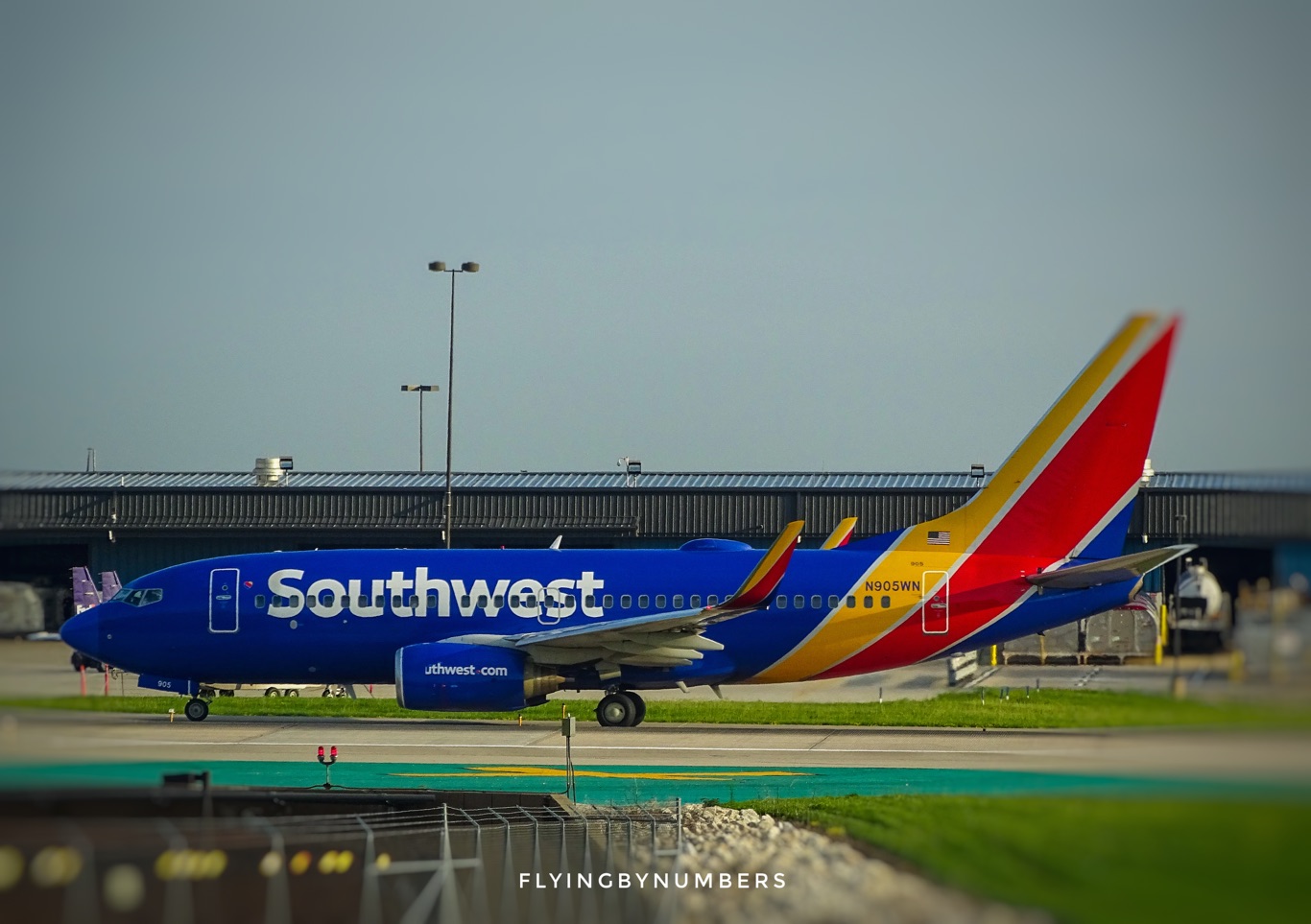
Shorthaul overview
Working blocks
Shorthaul pilots generally fly multiple flights a day, typically returning to their base at the end of the day. These blocks of work consist of a string of flights or sectors, sometimes 2-4 a day, over a set period of days, typically 5-6 in the case of many European airlines. Following this, they may have a rest period or “off days”, normally 2–4 days, to rest and reset.
Night stops
Some airlines will roster pilots with an uneven number of sectors, e.g. 3 or 5 flights, with the final flight taking the pilots away from their home base, and pilots staying overnight “downroute”. Pilots and flight attendants will stay in a hotel for anywhere between 10–30 hours, before continuing their working block.
Low-cost airlines
Many shorthaul airlines — especially low-cost carriers — try to roster their pilots to an even number of sectors each day, e.g. 2–4 flights. This means a pilot’s final flight of the day will always result in them returning home, saving on hotel and transport expenses for the airline.
For instance, a shorthaul pilot based in London might fly from London to Paris and back, then from London to Berlin and back in a single day. This would be known as a four sector day, and as a result of this rostering style, these airline pilots won’t spend any nights away from home.
Duty day vs flying time
Shorthaul flights may only be an hour or so in duration, but a pilot’s day is highly unlikely to reflect the short flight. After including the time to brief before a flight, taxi times, holding, switching aircraft and turnaround times between flights, four “short sectors” can easily add up into a 12+ hour working day for the pilots.
This total time spent at work, is known as a duty day, and is why pilots can find themselves at work for nearly twice as long as they are flying hours.
As an example, the 28-day flying limits for European pilots are 100 hours, or 25 hours a week. However, with unused standby duties, and time spent at the airport but not in the air, pilots are often rostered up to the 190 hours in 28 days “duty limit” — or 47.5 hours a week. Nearly twice the amount of time spent in the air!
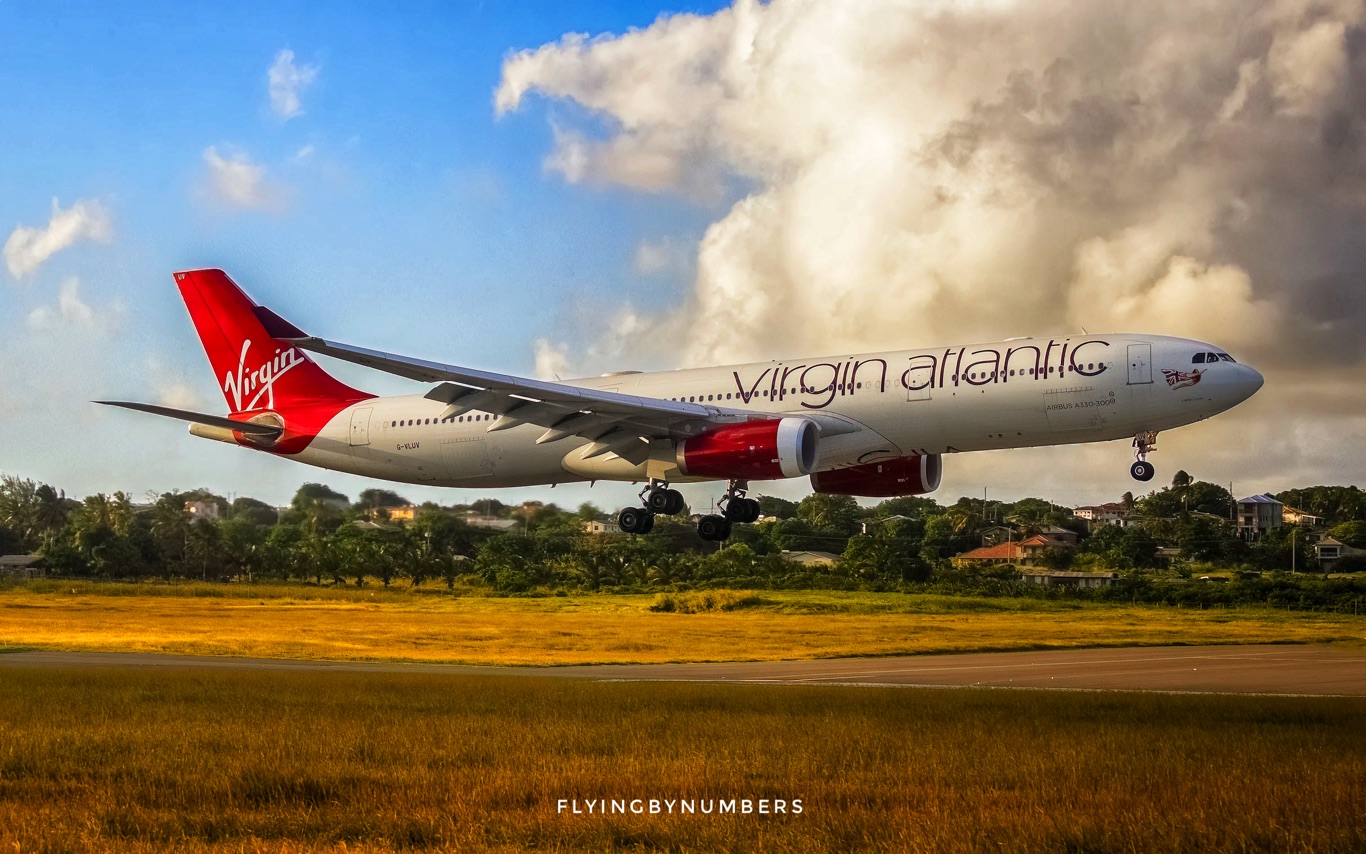
Longhaul Overview
Longer flights, fewer sectors
In contrast to shorthaul, longhaul pilots usually only fly one flight in a day, frequently with layovers in the destination country. A single block of work for a longhaul pilot could consist of a flight from London to New York, a layover of between 24–48 hours, and then a return flight to London. After this, they might have one or two days off before their next block starts.
Unlike most shorthaul flights, many longhaul flights will depart and arrive overnight, and flights can be over 15 hours long. This combination of overnight flying and longer days can make it seem like longhaul pilots spend more time at work than shorthaul when first looking at rosters.
In reality, for many trips, longhaul pilots will be reporting for work late in the evening and arriving home early in the morning, so the actual time spent at work is similar, if not slightly less. Shorthaul and longhaul pilots also work to the same flying and duty limits.
Shuttle flights
Sometimes longhaul trips may involve two additional shorter flights in the middle of a trip, for a total of four flights (two long, two short). This is known in airline terms as a shuttle, or a there-and-back.
- Many smaller longhaul destinations do not have the capacity, or it may even be unsafe for large numbers of airline crew to stay overnight
- Examples include small islands routes, or more dangerous cities.
- Airline pilots operating these flights will first fly the longer sector, e.g. London to Antigua.
- At their first stop, pilots and flight attendants will rest for a short period of time, before operating a shuttle day e.g. Antigua to St. Kitts (or any smaller island) and back to Antigua.
- After another short rest at their downroute stop, they will then fly back to London.
Timezone changes
Given the length and time zone changes involved in longhaul flights, these pilots have carefully regulated rest periods both in-flight (for flights over a certain length) and on the ground to ensure they are fully rested.
- Unlike shorthaul pilot rostering, longhaul pilots are typically more worried about the length of the flight and their destination, rather than simply the number of days at work in a block.
- As an example, a pilot can fly two trips with the same 4-day footprint as above, starting on Monday, and returning on Thursday, for example.
- However, if they are flying from London to Japan instead of London to New York, their mandatory days off afterwards are likely to be 3-4 instead of 1-2 for the pilot who has flown to New York.
- Why the difference? Well, even though they have been away from home for the same amount of time, aviation duty regulations consider timezone crossings, and length of flights, when working out minimum rest requirements.
Shorthaul airline pilot roster: (Example 1 —Bidding system)
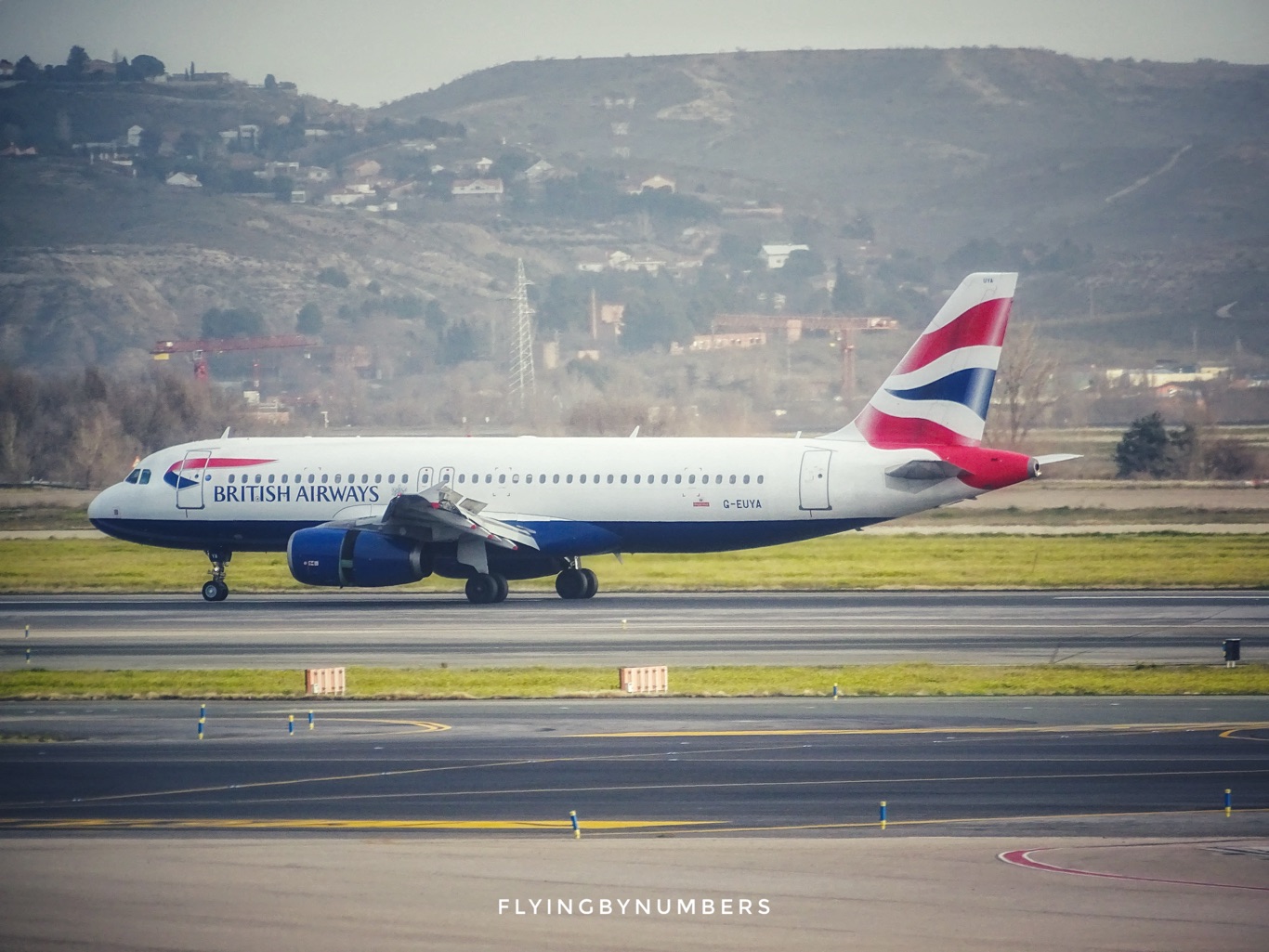
Please note that airline schedules can vary greatly depending on the pilot’s seniority, base, aircraft type, and several other factors. However, here is a real monthly roster for a shorthaul pilot at a European airline to give an example of what an average roster can look like. This roster was chosen because it has a mixture of duties, showing some nice trips, some not-so-nice trips, and a lot of hanging around on standby!
For the first half of the month we can see that the pilot is on standby duties, consisting of standby duties at home (HSB), and a last-minute trip from standby. This is followed by 3 fixed days off, and the rest of the month a “normal” monthly roster.
Please note in this airline’s rostering system, “SD” means Scheduled Day off, “FDO” means Fixed Day off, and “HSB” means Home Stand By.
“LHR”, “BCN”, “MAN”, “CFU”, “BUD”, “STR”, “TLS”, “AMS”, “VIE”, “FRA”, “LIS”, “HEL” are airport codes for London Heathrow, Barcelona, Manchester, Corfu, Budapest, Stuttgart, Toulouse, Amsterdam, Vienna, Frankfurt, Lisbon, and Helsinki, respectively.
MARCH 2023
Week 1
01/Monday - HSB 13:00z - 21:00z
02/Tuesday - HSB 09:00z - 17:00z
03/Wednesday - Flight route: LHR - CFU - LHR - MAN
04/Thursday - Layover in Manchester for 17:00 hours. Return flight: MAN - LHR
05/Friday - Stand down — Unused standby day
06/Saturday - HSB 15:00z - 21:30z
07/Sunday - Stand down — Unused standby day
Week 2
08/Monday - HSB 13:00z - 21:00z
09/Tuesday - FDO — 3 fixed days off at the end of an “on-call” period
10/Wednesday - FDO
11/Thursday FDO
12/Friday - Flight route: LHR - BCN - LHR - BUD
13/Saturday - Layover in Budapest for 14:00 hours. Return: BUD - LHR
14/ Sunday - Flight Route: LHR - FCO - LHR
Week 3
15/Monday - FDO
16/Tuesday - Flight route: LHR - STR - LHR - TLS
17/Wednesday Layover in Toulouse for 17:30 hours
18/Thursday - TLS-LHR-CDG-LHR
19/Friday - Flight route: LHR - AMS - LHR - VIE,
20/Saturday Layover in Vienna for 14:20 hours. Flight route: VIE-LHR
21/ Sunday - FDO
Week 4
22/Monday - FDO
23/Tuesday - Flight route: LHR - FRA - LHR - LIS FDO
24/Wednesday - Layover in Lisbon for 30:00 hours
25/Thursday Return: LIS - LHR
26/Friday Flight route: LHR - AGP - LHR
27/Saturday Flight route: LHR - TFS - LHR
28/Sunday FDO
29/Monday FDO
Shorthaul airline pilot roster: (Example 2 — Fixed pattern)
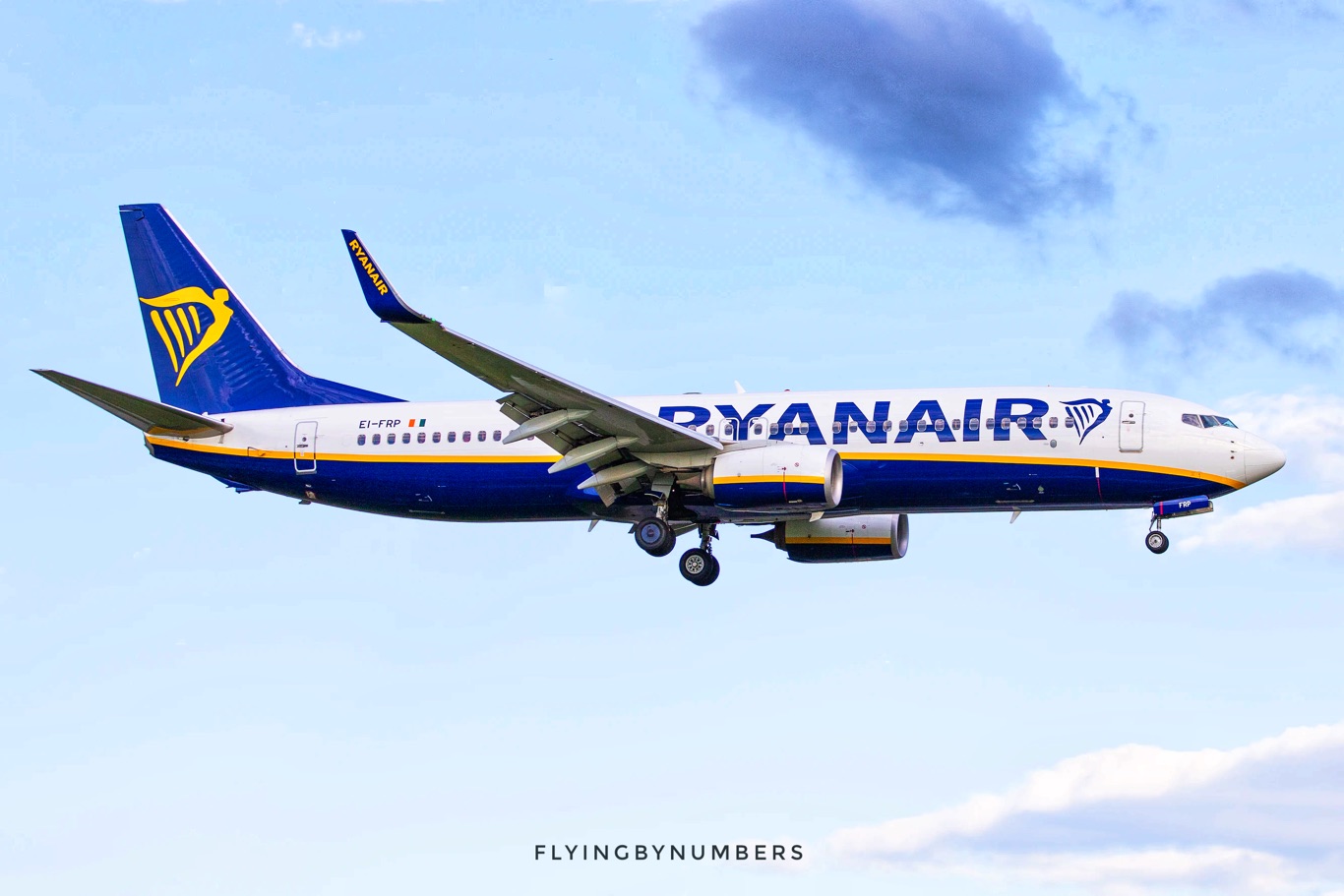
Unlike the previous example roster, many shorthaul airlines operate on a “fixed pattern”. More commonly used at airlines with minimal layover destinations, such as low-cost airlines, fixed pattern rosters can be less flexible, but can also provide pilots with the security of knowing their days off months in advance.
Arguably the most common fixed pattern roster is the 5/4 pattern. This means that a pilot would work for a 5-day block, then have 4 days off. Here is a real example roster for a UK-based pilot at Ryanair on such a contract:
“STN”, “BCN”, “CIA”, “BER”, “DUB”, “BVA”, “AGP” are airport codes for London Stansted, Barcelona, Rome Ciampino, Berlin Brandenburg, Dublin, Paris Beauvais Tille, and Málaga-Costa del Sol, respectively.
JUNE 2023
WEEK 1 (5 Days on)
01/Thursday: STN - BCN - STN
02/Friday: STN - CIA - STN
03/Saturday: STN - BER - STN - BER - STN
04/Sunday: STN - DUB - STN - BVA - STN
05/Monday: STN - AGP - STN
Week 2 (4 Days off)
06/Tuesday: FDO
07/Wednesday: FDO
08/Thursday: FDO
09/Friday: FDO
Why haven’t you produced the whole month? Well, unlike the previous example roster from an airline with a bidding system, this pattern will repeat continuously.
However, there’s one key change to be aware of. After each set of 5/4 days, the pilot’s flights will flip between an early pattern and a late pattern. This means 5 days of very early flights, four days off, then 5 days of late flights and night sectors, before repeating!
Due to the way pilot and cabin crew working time regulations are structured, flights will typically be rostered to be progressively later throughout the 5 days. As an example, on an early block, pilots can expect two slightly shorter days flying with starts as early as 3:30AM on the first couple of days. This is normally followed by two very long days starting at around 6am. Followed by two medium-long days starting at around 8-9AM.
Again, please note that this is a generalised example and the actual roster could vary depending on several factors. Even at Ryanair — the example this roster is based upon — a 5/4 pattern is not guaranteed. While the 5/4 pattern is heavily marketed by Ryanair as a selling point for their pilots’ work-life balance, outside the main bases, many Ryanair pilots will work 5/3 or 6/4 rosters instead!
Longhaul airline pilot roster: (Example 3 — Bidding system)
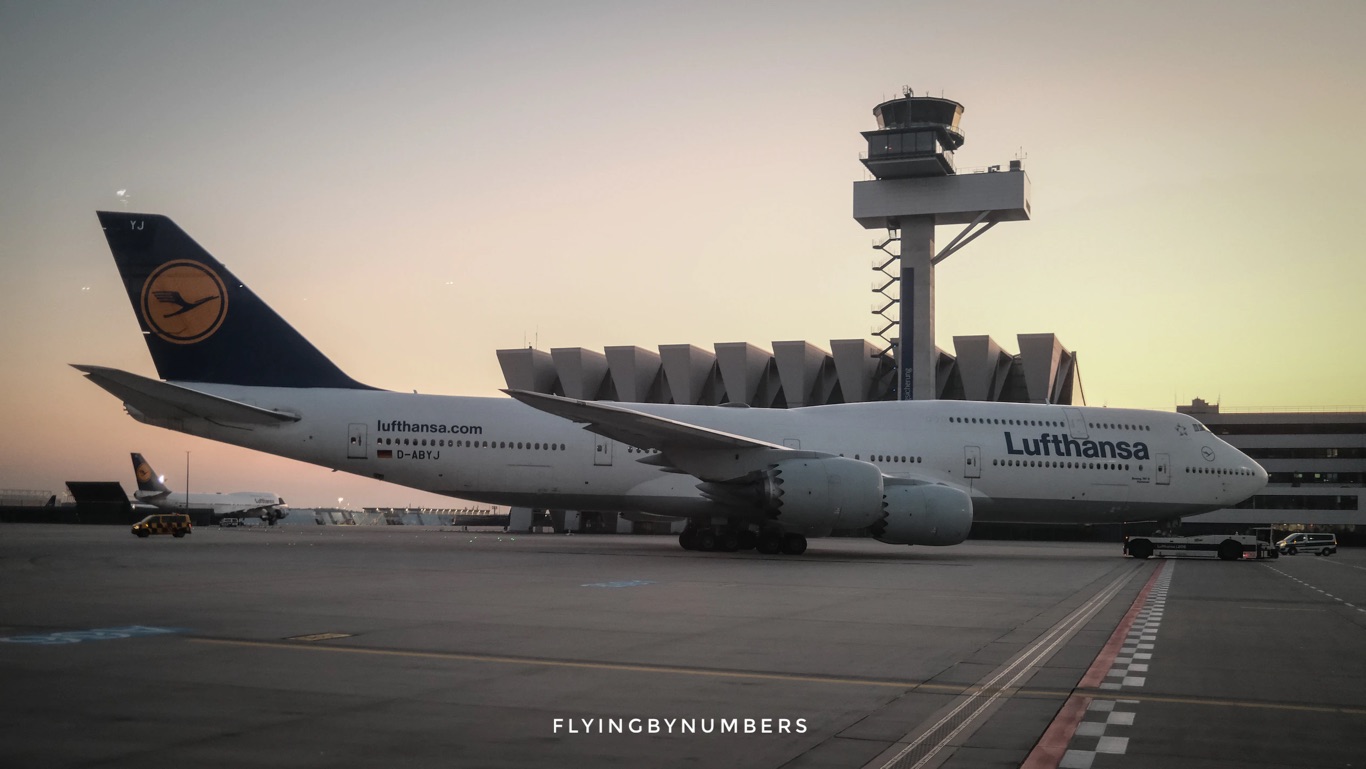
As we have seen — from 5/3 to 4/4 patterns to various bidding systems — shorthaul rostering comes in many flavours and forms. In contrast, longhaul rostering is largely all rostered to one system: preferential bidding.
Due to differing rest requirements after longhaul flights, fixed pattern rostering doesn’t really work. As a result, virtually all airlines use a preference based or bidding type system. The exact specifics, and how well this preferencing works, differ from airline to airline and month to month. But, the general principle remains the same.
Pilots input their requests for the month to a computer, in priority order, such as:
- Prefer eastbound flights
- Prefer flights to the USA
- Avoid flights over / under 12 hours
- Request a specific day off
The computer then assigns all of that month’s work to the airline’s longhaul pilots, building each pilot a roster an individual roster suited to their preferences.
That’s the theory, anyway. In reality, most longhaul pilots will tell you the computer entirely ignores their bids and rosters them whatever the hell it wants. (But pilots whining about rostering could fill an entirely different article!)
Here’s a real roster for a UK based longhaul pilot using a preferential bidding system, which fits in 5 trips in a month — chosen because it is a typical amount if some trips are longer than 3 days. Longhaul pilots can expect to work between 4–6 trips a month, depending on scheduling agreements and the length of the flights.
“LHR”, “IAD”, “YUL”, “NBO”, “DEL”, “SJC” are airport codes for London Heathrow, Washington Dulles, Montréal–Pierre Elliott Trudeau, Jomo Kenyatta Nairobi, Indira Gandhi New Delhi, and Norman Y. Mineta San Jose, respectively.
MARCH 2023
Week one
01/Wednesday: Off
02/Thursday: Off
03/Friday: LHR - IAD
04/Saturday: Layover in Washington for 24:00 hours
05/Sunday: IAD - LHR
Week two
06/Monday: Off
07/Tuesday: Off
08/Wednesday: Off
09/Thursday: LHR - YUL
10/Friday: Layover in Montreal for 23:30 hours
11/Saturday: YUL - LHR
12/Sunday: Off
Week three
13/Monday: Off
14/Tuesday: LHR - NBO
15/Wednesday: Layover in Nairobi for 72 hours
16/Thursday: Layover
17/Friday: Layover
18/Saturday: NBO - LHR
19/Sunday: Off
Week four
20/Monday: Off
21/Tuesday LHR - DEL
22/Wednesday: Layover in Delhi for 46:00 hours
23/Thursday: Layover
24/Friday: DEL - LHR
25/Saturday: Off
26/Sunday: Off
Week Five
27/Monday: LHR - SJC
28/Tuesday: Layover in San Jose, California for 48:00 hours
29/Wednesday: Layover
30/Thursday: SJC - LHR
Summary
It goes without saying, all pilots are expected to work shift work and weekends. However, as we have seen, an airline pilot’s working day will vary significantly depending on the types of flights they are operating, and the airline they work for.
In general:
Arguably the largest variation in working patterns is between shorthaul pilots, with differing companies having widely different terms and conditions. At some shorthaul airlines, a pilot’s roster will be determined by complex bidding systems. In others, simpler preferential style rostering, rotating routes, or even fixed pattern rostering can be used. Flights may vary between 1–6 sectors per day, and overnight stays can be totally avoided, or as long as 30+ hours.
In contrast, a longhaul pilot’s month will typically include 5–6 trips of 3–5 days each, regardless of the airline they work at. Due to the length of flights, there will typically only be one flight rostered per day. In addition, due to the complexities of rest days off after differing flight lengths, virtually all airlines will roster longhaul pilots using preferential bidding systems, with fixed pattern contracts rarely available.
At first glance, it can be difficult to make sense of pilot’s rosters, with the jumble of codes and blocks of work obscuring how much time is actually spent away from home. Hopefully, this article has shed some light on the abbreviations and rostering practises, painting a clearer picture of the demanding, yet fascinating life of an airline pilot.
The intricacies and nuances of these rosters underscore the immense planning that goes into ensuring our flights are safely manned and our pilots well-rested.





